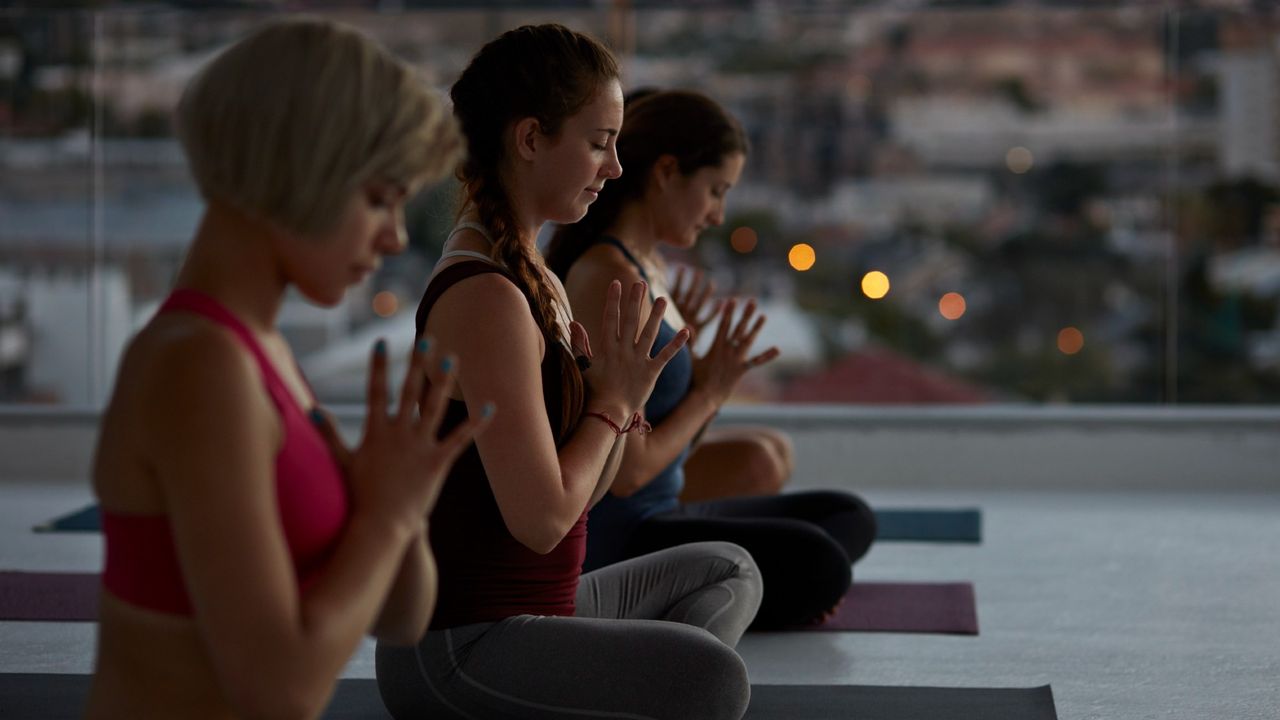What is cultural appropriation and why is it offensive?
From Jamie Oliver's 'jerk' rice to Native American names in US sports, cultural appropriation involves deep-rooted 'power dynamics'

Jamie Oliver has said it's time for people to "get over" cultural appropriation rows in cooking, seven years after he faced backlash for launching a "punchy jerk rice" ready meal.
Speaking on "The Louis Theroux Podcast", the Naked Chef said all of his new books are now vetted by "cultural-appropriation specialists", the Daily Mail said. Oliver said that process "pains him", but he "doesn't want to offend anyone", admitting he had a "crass understanding" of the Jamaican roots of jerk rice.
What is cultural appropriation?
Subscribe to The Week
Escape your echo chamber. Get the facts behind the news, plus analysis from multiple perspectives.

Sign up for The Week's Free Newsletters
From our morning news briefing to a weekly Good News Newsletter, get the best of The Week delivered directly to your inbox.
From our morning news briefing to a weekly Good News Newsletter, get the best of The Week delivered directly to your inbox.
It is when someone adopts something – a hairstyle, a piece of clothing, a manner of speaking, even a type of cooking – from a culture that is not their own, without permission or giving credit.
Use of the term, originally coined by sociologists in the 1990s, "appears to have first been adopted by indigenous peoples of nations tainted by histories of colonisation, such as Canada, Australia and the United States", said The Tablet.
In the US, the debate over cultural appropriation has focused on sports teams' use of Native American heritage, with the Chicago Blackhawks, Cleveland Indians, Washington Redskins, and Edmonton Eskimos, all changing their names in response to pressure.
"Some argue that cultural appropriation is good – that it's just another name for borrowing or taking inspiration from other cultures, which has happened throughout history and without which civilization would wither and die," said Ligaya Mishan at The New York Times Style Magazine.
But it's not "freewheeling cross-pollination" and it's not an "exchange between groups of equal status in which both sides emerge better off".
Unlike cultural appreciation, which celebrates a culture with permission from the people in it, cultural appropriation "involves power dynamics", said Health.com, and is all about "a member of a group with power adopting the elements or aspects of a group that traditionally lacks power in society".
What’s wrong with it?
Cultural appropriation is "a layered and nuanced phenomenon that many people may have trouble understanding and may not realise when they are doing it themselves", said clinical psychologist Arlin Cuncic on Verywell Mind.
While borrowing and adopting aspects of other cultures is part of human society, the problem arises when a minority culture is exploited in a way that members of that culture find undesirable and offensive. Friction can occur when a marginalised group sees their heritage is deployed by someone in a position of greater privilege – for fun or fashion, perhaps – and out of a place of ignorance or carelessness, rather than genuine knowledge or appreciation of that culture.
Wearing espadrilles to work is different from wearing a sombrero to a Halloween party or sending a series of white models down the catwalk wearing their hair in cornrows.
"You are pretending to be a race that you are not and are drawing upon stereotypes to do so," Dr Adrienne Keene, from indigenous activism group Native Appropriations, told EverydayFeminism.
Perpetuating these stereotypes might, in turn, "negatively affect mental health", said Health.com, citing research that found sports mascots and logos appropriating Native American imagery and symbolism can affect Indigenous adolescents' self-esteem.
Separate research has shown widespread cultural appropriation in the beauty industry has had "negative mental health outcomes, especially among people of colour".
Can it work "the other way around"?
Yes, it can and does – but usually in a different way. Often a more marginalised culture will adopt aspects of the stronger in order to fit in, not stand out. Black women, for example, frequently report they feel unable to leave their hair in its natural state. The BBC cited cases of Black women being told by employers that their natural hair looks "unprofessional". Some reported feeling like they had to spend time and money making their hairstyle more "white", said HuffPost. In this example, minority employees are adopting elements of the majority culture in order to avoid discrimination.
Cultural appropriation remains a nuanced topic, and individuals will have differing standards of when "appreciation" crosses the line into "appropriation". At its heart, the concept is founded on notions of unbalanced cultural power, historic and modern.
Sign up for Today's Best Articles in your inbox
A free daily email with the biggest news stories of the day – and the best features from TheWeek.com
-
 5 exclusive cartoons about Trump and Putin negotiating peace
5 exclusive cartoons about Trump and Putin negotiating peaceCartoons Artists take on alternative timelines, missing participants, and more
By The Week US Published
-
 The AI arms race
The AI arms raceTalking Point The fixation on AI-powered economic growth risks drowning out concerns around the technology which have yet to be resolved
By The Week UK Published
-
 Why Jannik Sinner's ban has divided the tennis world
Why Jannik Sinner's ban has divided the tennis worldIn the Spotlight The timing of the suspension handed down to the world's best male tennis player has been met with scepticism
By The Week UK Published